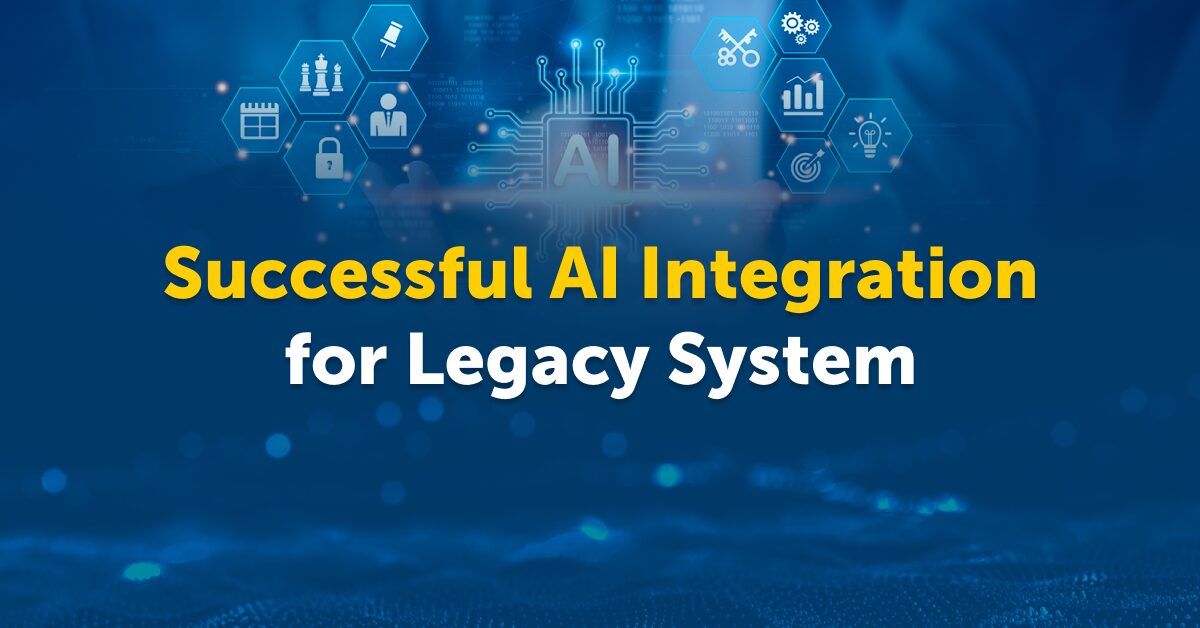Data Management – Importance and 7 Best Practices

What is Data Management?
Data management is the crucial process of collecting, storing, organizing, and maintaining data created and managed by an organization. It is an integral part of deploying IT systems that run business applications and provide analytical information. It uses a combination of functions that collectively ensures data in corporate systems is accurate, available, and accessible.
Why Data Management Matter?
Businesses are subject to many regulatory compliance requirements, including data privacy and protection laws. They are capturing a large amount of data from different sources. Data management helps organizations optimize the use of data within these policies and regulations to make intelligent business decisions and take actions that maximize the benefit to the organization. These systems create, access, and update data across diverse data tiers. They store data across multiple clouds and on-premises while providing high availability and disaster recovery and ensuring privacy and security.
Data Lake vs. Data Mesh; What’s the Difference?
Data mesh is a data platform architecture that leverages a domain-oriented, self-serve design. It allows autonomy and flexibility while facilitating data experimentation and innovation without burdening data teams to address customer needs through a single pipeline.
A data lake is a data storage repository that centralizes, organizes, and protects structured, unstructured, and semi-structured data from many sources. It does not inherently include analytic features. It is usually combined with other cloud-based services and downstream software to deliver indexing, transformation, querying, and analytics.
Data Management Best Practices
- Create a discovery layer to understand your data
Creating a data discovery layer allows data analysts and scientists to search and browse for datasets to make your data useable. - Develop a suitable science environment to repurpose your data
Automates data transformation, streamlining the creation and evaluation of data models. A set of tools that eliminates the manual conversion of data can expedite the hypothesizing and testing of new models. - Use autonomous technology to maintain performance levels
Autonomous data capabilities use AI and machine learning to monitor database queries and optimize indexes. The queries change, allowing the database to support rapid response times and eliminating time-consuming manual tasks from DBAs and data scientists. - Use discovery to address compliance requirements
The latest tools for data analysis use data discovery and identify the chains of connection and their components that need to be monitored for multijurisdictional compliance. As compliance demands increase, this capability is vital to limit risk and ensure security. - Use a converged database
A converged database has native support for all modern data types and the latest development models in one product. The best run many workloads, including graph, IoT, blockchain, and machine learning. - Ensure your database platform is avail to support your business
The prime reason for centralizing data is to analyze, and better use it to make timely decisions. An accessible and high-performance database platform allows enterprises to analyze data from multiple sources. It uses advanced analytics and machine learning tools to make better business decisions. - Use a standard query layer to manage multiple and diverse forms of data storage
New technologies enable data management repositories to work together, making the differences disappear. A standard query layer with different data storage enables data scientists, analysts, and applications to access data without knowing where it is stored and manually transforming it into a usable format.
Ready to explore how Fusemachines and AI can help your business? Click here
Want to learn more about Fusemachines? Click here


